Ancient news stories

Two swarms of curious, diverse space rocks — called Trojan asteroids — continuously journey around the sun, one in front of the gas giant Jupiter and one behind. Jupiter and the sun’s gravity have combined to lock the Trojans into this immutable orbit.

The story of the Universe is fundamentally our story, too. We want to know where it all started. Current descriptions of the origin of the Universe rest on the two pillars of 20th-century physics: general relativity and quantum mechanics. There are many questions that call for intellectual humility, and the origin of the Universe is foremost among them.

The genome of a victim of the catastrophic eruption of Mount Vesuvius over the ancient city of Pompeii has been sequenced for the first time, scientists have revealed, shedding new light on the health and diversity of those who lived in the Roman empire at the time of the disaster.
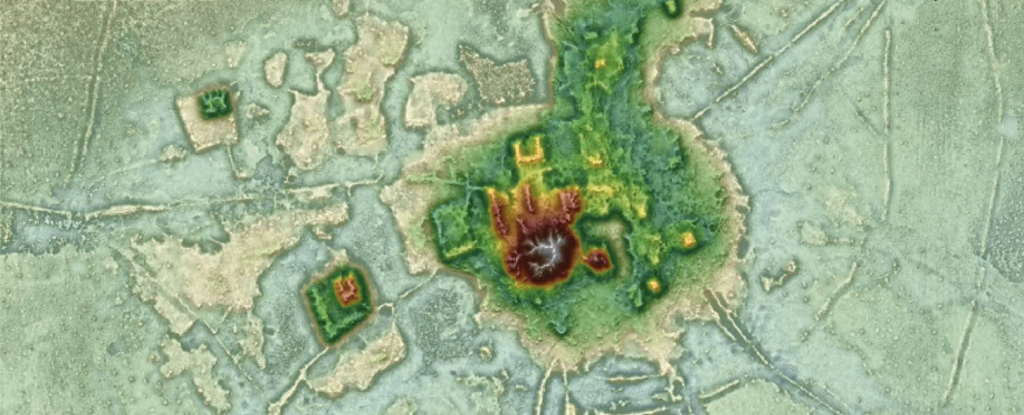
The sprawling ruins of Amazonian settlements once home to an Indigenous agriculturalist society with a penchant for cosmology have been uncovered in the Bolivian jungle, hidden beneath seemingly impenetrable vegetation.

Human sacrifice appears to be as old as humanity itself. Still, experts disagree on how and where the practice first originated.
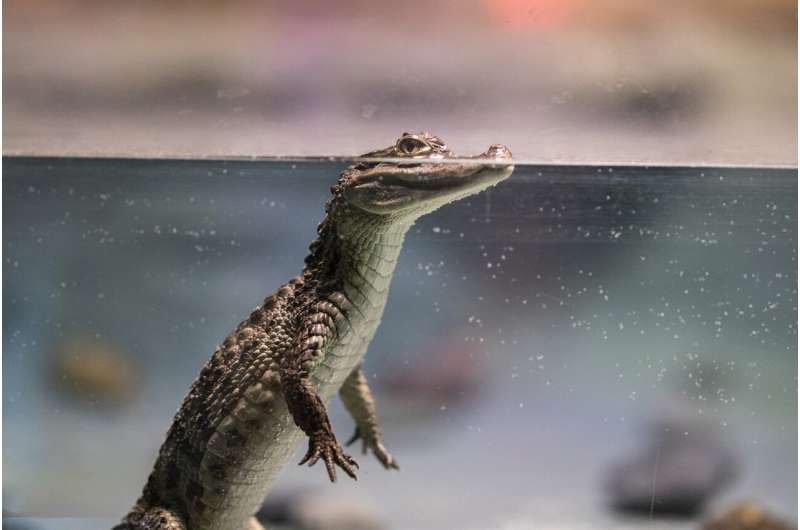
A team of researchers at Universidad Peruana Cayetano Heredia, working with colleagues from the U.S. and France, has uncovered a prehistoric crocodile fossil in Peru.
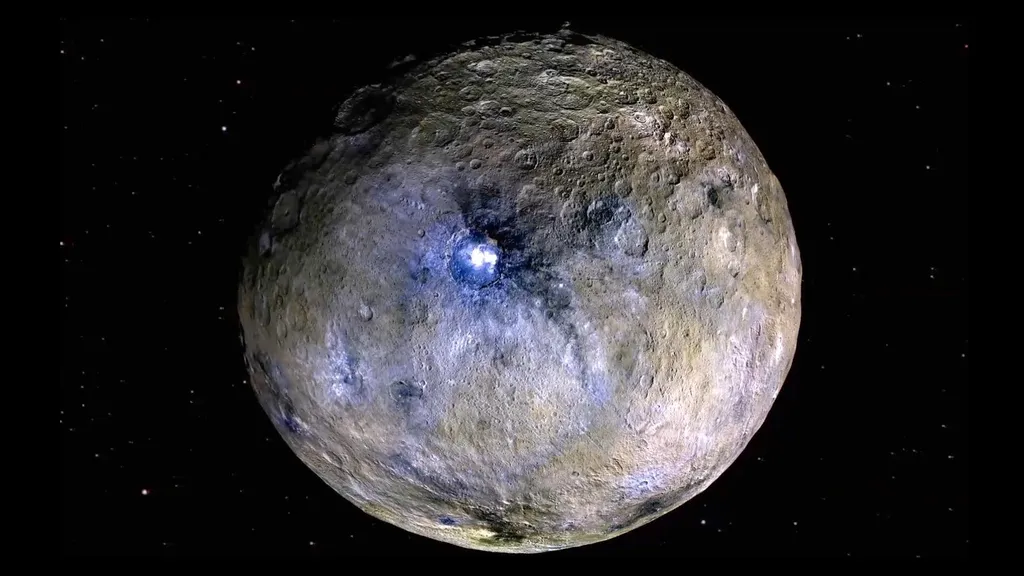
A new computer simulation suggests that dwarf planet Ceres may have been flung by the gravity of gas giant Jupiter toward the sun during the volatile era of planet formation 4.5 billion years ago.
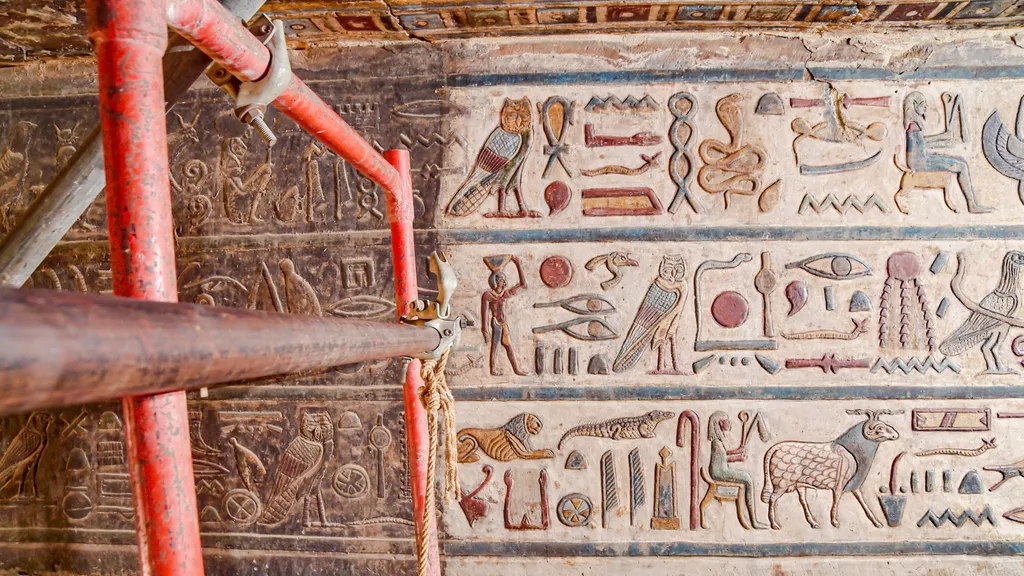
Archaeologists have discovered 46 stunning depictions of goddesses from ancient Egypt, which were previously buried under layers of soot and bird poop. Artists created the detailed and colorful frescoes on the ceiling of a temple nearly 2,200 years ago.
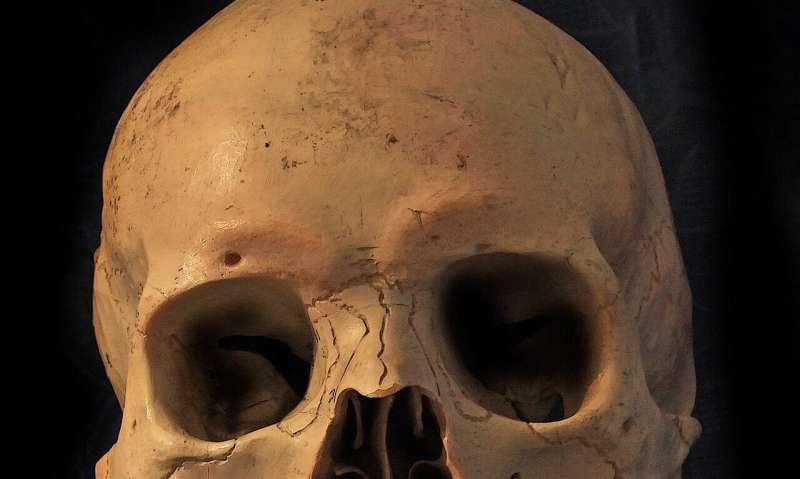
A partial skull that was discovered last summer by two kayakers in Minnesota will be returned to Native American officials after investigations determined it was about 8,000 years old.

Parasite eggs found in 4,500-year-old human faeces suggest the builders of Stonehenge took part in winter feasts that included the internal organs of animals, researchers have revealed.
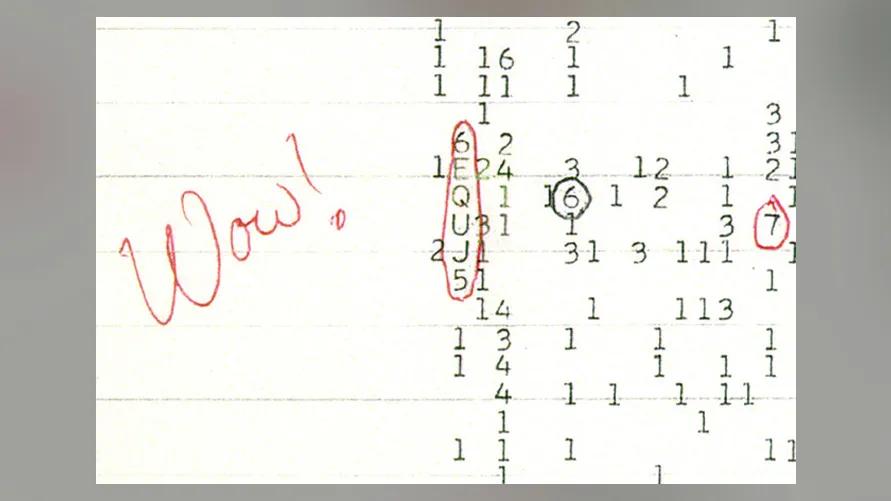
Researchers may have pinpointed the source of a famous supposed alien broadcast discovered nearly a half century ago.
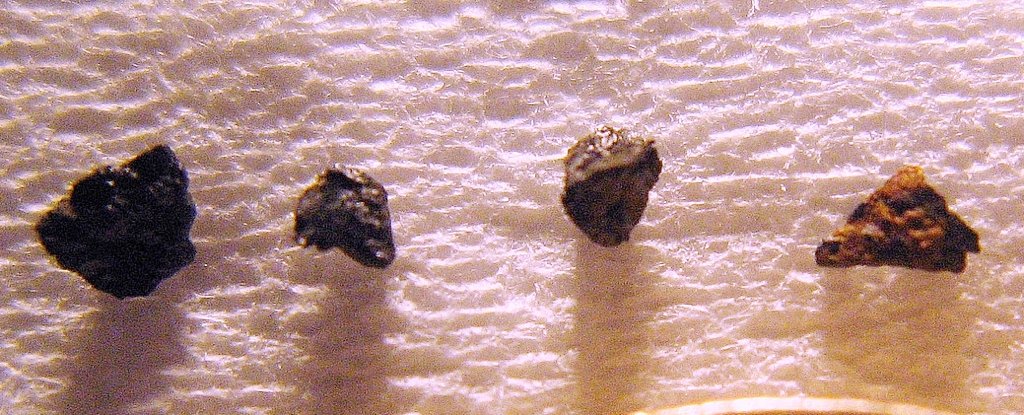
‘Standard candle’ (or type Ia) supernova explosions are some of the most energetic events in the Universe, happening when a dense white dwarf star subsumes another star. Now, scientists think they’re found the first evidence on Earth of such a supernova.
New research coming out of the University of Cambridge, UK, suggests that complex ecosystems emerged earlier than we thought, in a period of Earth’s history called the Ediacaran.
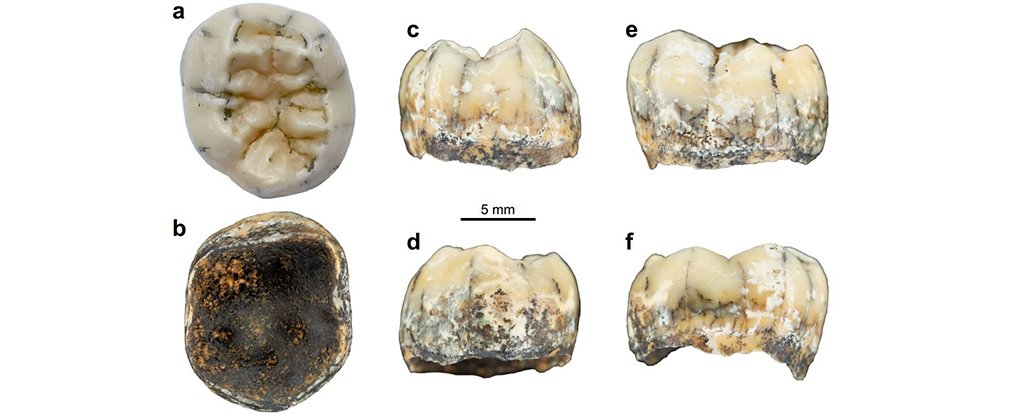
Deep in the forests of Laos, in a cave in the Annamite Mountains, lay a single child’s tooth. That tooth – an unassuming molar – could be from a mysterious species of human we know little about, and of which few remains are known to exist.
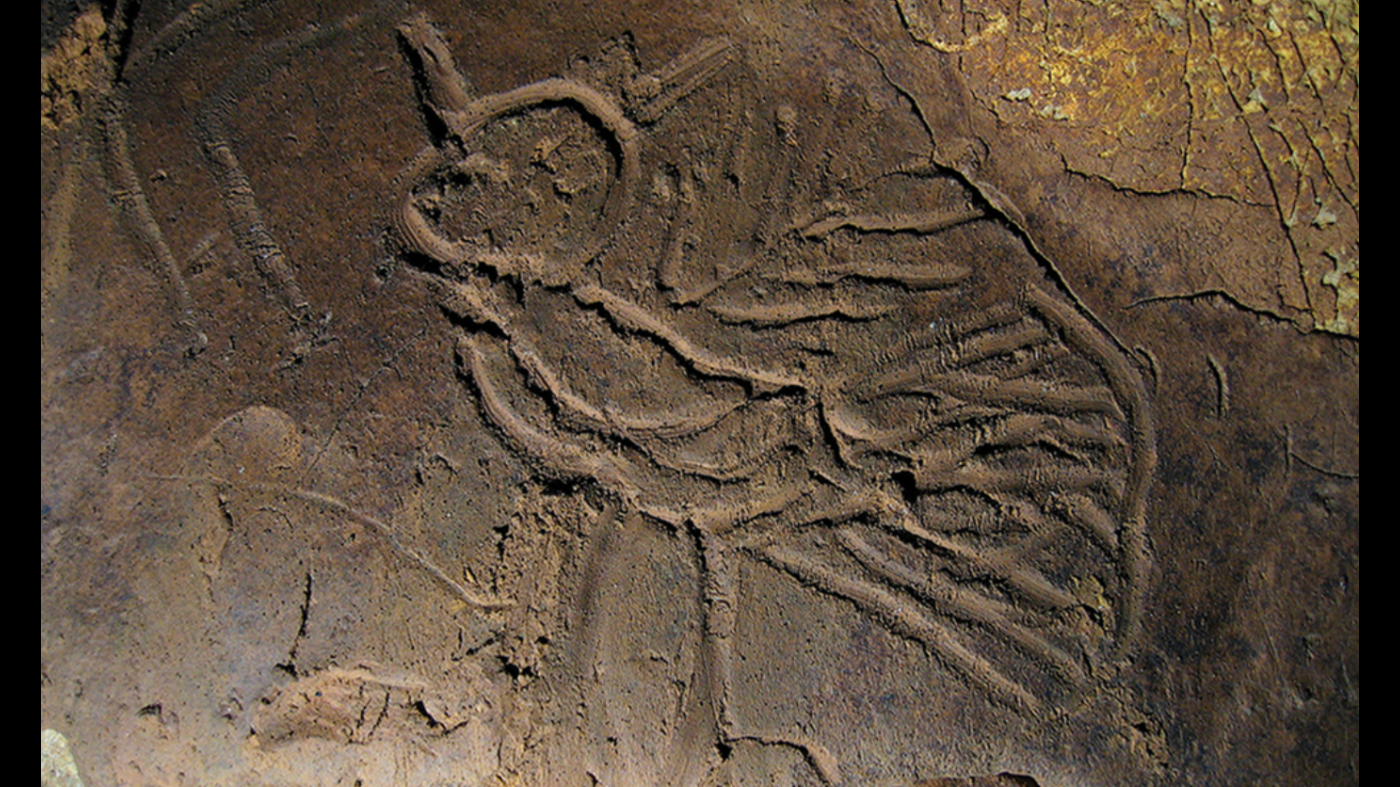
A recent advance in 3D imaging techniques helped spark the biggest ever discovery of North American cave art

A team of archaeologists in Egypt has discovered the 4,300-year-old tomb of a man named Mehtjetju, an official who claimed that he had access to “secret” royal documents.








